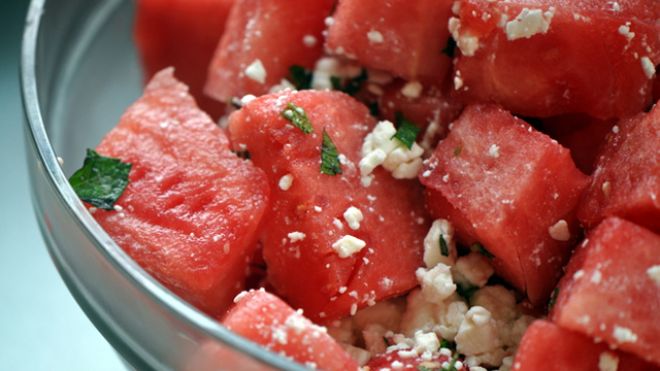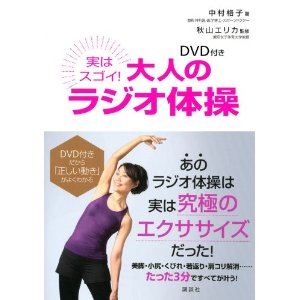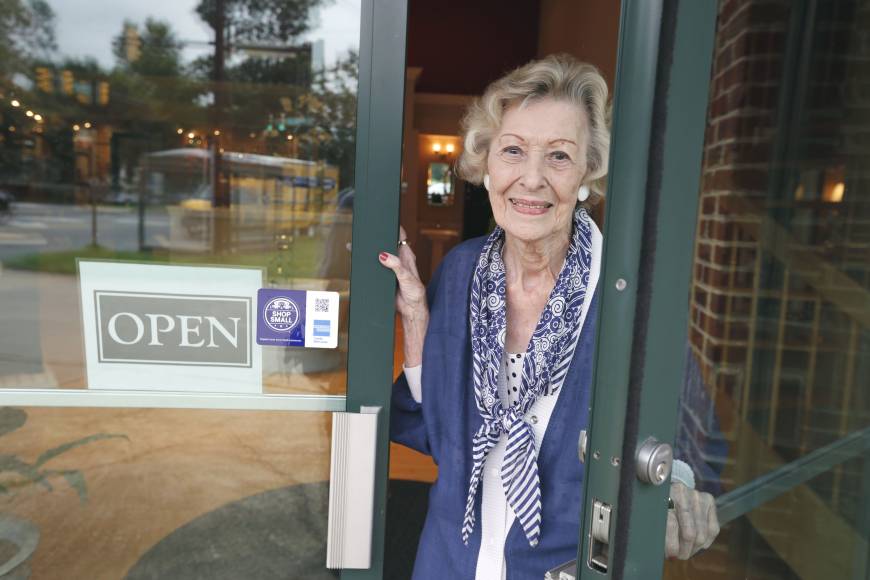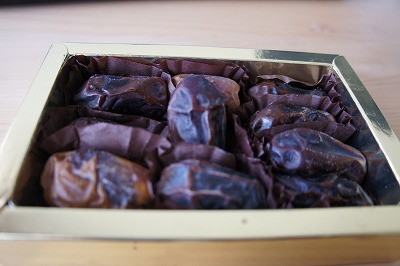Have you heard of a word “Kekkai” in Japanese? According to English dictionary, it means a barrier and often used as a spiritual or a magical meanings. Is Kekkai the place that Abeno Seimei, a powerful diviner (Onmyo-ji), prayed and purified to prevent evil spirits from coming in?
Today’s theme “Kekkai” is not such a psychic topic.
It is a spot of land where coal is buried to make the space full of negative ions. Well, this explanation is still difficult to understand, isn’t it?
Do you remember that I told about Iyashiro-chi (lands where more negative ions than positive ions are detected) in my old entry “Iyashirochi and Kegarechi” posted on July 7th?
To make Iyashiro-chi, first you need to excavate a hole of 1 meter across and 1.5m deep at each apex of an equilateral triangle with all sides of 30m. Next you bury 150kg of powder coal in the hole and then refill the hole with soil. By expanding and repeating this process, it’s possible to make even tens of hectares Iyashiro-chi where negative ions share the space predominantly. If you stretch a hemp rope across inside and outside of Iyashiro-chi, a lot of negative ions are detected in the inside area.
For example, when building a house in Japan, it is our old custom to invite Shinto priest to purify a building site. Shinto priest pours libation on the sides (corners) of the land surrounded as a quadrangular by ropes. If you measure ions inside and outside of the quadrangular, there are more negative ions inside than outside. You can say the inside area is Kekkai full of negative ions.
Dr. Higa, the developer of EM Technology, incorporated his own ideas of EM Technology with the concept of kekkai when the farms he supervises have trouble with sparrows depredating crops. Doctor would pour 500ml of EM all around the farm site. This creates Kekkai around the farm and is effective to keep birds out of the space.
Are there any common points between Kekkai by coal burying method and Kekkai with EM?
Yes, there is. The both Kekkai gives out 6.27 far-infrared wavelength grow light. If the land is surrounded, the wavelengths generated from all sides resonate with each other and eventually frequency will be generated stronger and stronger.
This wavelength makes the environment with dominant negative ions. Termite, mosquitoes, moth and food spoilage bacteria can’t enter this zone. If you bury 2/3 of 500ml EM bottles in the ground (1/3 of bottle sticking above the ground) at every corner in a farm, you can keep away moles.
A small company in Noto peninsula of Ishikawa sells the 10cm wide yellow tape for Kekkai which generates negative ions. They made a TV program to experiment of this product. In the trial, they placed a piece of meat in the center of the space surrounded by this yellow tape. On the other hand, there was another piece of meat in the space surrounded by normal tapes for a comparison. When crows were released, they picked up the meat in the space of normal tapes, but no crows could enter the area surrounded by this yellow, negative ion tapes.
In old Shinto shrines, people used to hang laid hemp ropes with strips of paper to keep sacred places. Back in old days, people knew and experienced the effect of Kekkai.
Based on the coal burying method mentioned above, I buried coal at 6 points close to the park and the elder care facility in Koto-ku and continue observation. Negative ions are always dominant in this place and this is obvious compared to the distant point over 100m from the park.
Changing a vast extent of land into Iyashiro-chi is just like playing a board game, Othelo. If we can flip the disks at the edges from black to white, it is pretty much possible to change all the black disks on the board to white.

Stretch a rope quadrangular space and hang strips of paper shown as above makes the space sacred, so-to-speak “Kekkai.”

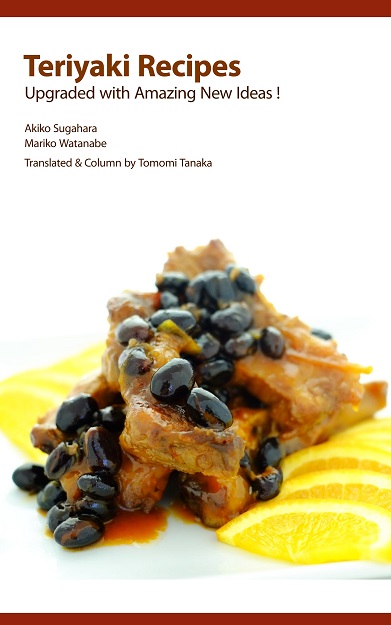
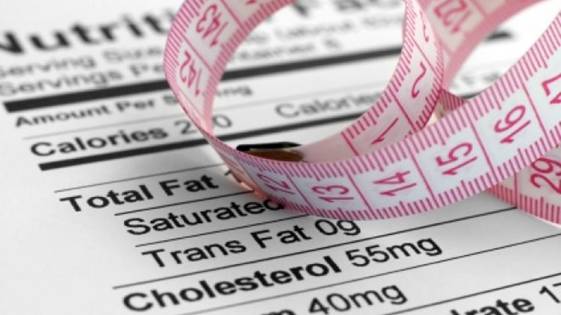



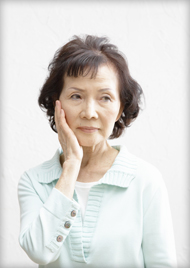 In four out of ten cases, long-term stress suffered by women leads to some form of physical complaint. This is shown by a study of 1,500 women carried out at the Sahlgrenska Academy, University of Gothenburg, Sweden.
In four out of ten cases, long-term stress suffered by women leads to some form of physical complaint. This is shown by a study of 1,500 women carried out at the Sahlgrenska Academy, University of Gothenburg, Sweden.